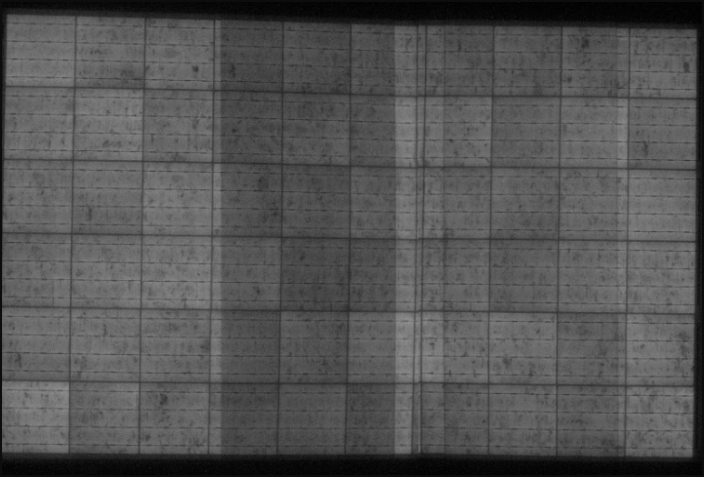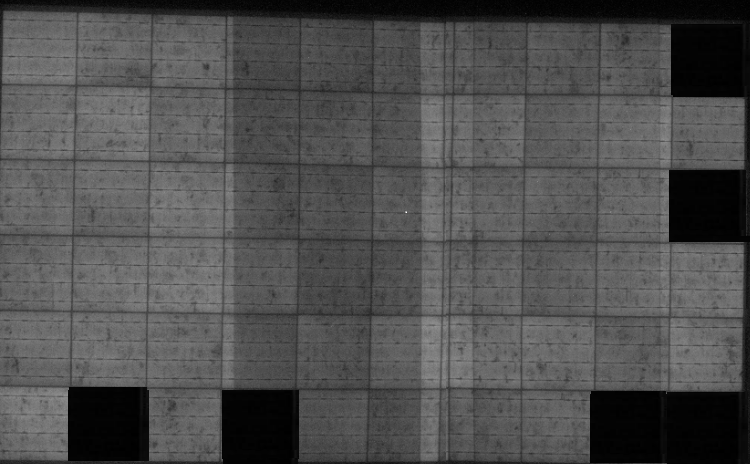Are your 1500 Volt PV modules robust enough in the field? A billion dollar question replied by a German Lab, ZSW.

Solar PV modules compatible with 1500 volt of maximum system voltage have been becoming a new choice among project developers and RE investors in the recent years. Yes of course, the choice looks quite promising on the table as well. Theoretically speaking it would cut BOS (Balance of System) costs by a good notch hence translating into lower LOCE (Levelized Cost of Energy). However, any significant change at PV module component level has significant impact on the lifespan of the PV modules hence impacting the ROI (return on investment) of the total project and should be validated stringently before its penetration into field use, especially for large utility scale projects where PPAs are being signed at abysmally lower numbers.
PID (Potential Induced Degradation) resistance, a most important PV module quality parameter, is to see if there is any leakage of current from solar cells to other PV module components like Al frames, EVA etc that can reduce the power of PV module’s significantly. When we increase the system voltage from 1000 V to 1500 V, there could be chances of higher PDI losses because it will be accelerated by high system voltages, hence the PV modules are devised to make more resistive for bearing higher loads by changing its components. However, there are other factors that can contribute to PID other than PV modules but most important point is to deploy optimum resistance in PV equipment’s.
Leakage Current Paths
Before understanding the new heavy duty test protocol, let’s have a quick look at reasons of the leakage current paths (due to grounding) which are responsible for PID losses:-
- Front side of frame to the cell, through the solar glass
- Side of the frame to the cell , through the Encapsulating material
Back side of the frame to the cell, through the back sheet and the Encapsulating material

Presence of PID can easily be observed based on Individual IV data and Curve while the Electroluminescence (EL) imaging can be used to easily detect the PID at the PV module level. This is done with a CCD camera, while the module is biased with a current source and without sunlight. A module free of PID has an electroluminescence image with all their cells of the same brightness, while a module affected by PID has some dark cells (due to shunting of cells caused by Na ions).’


Result- Power loss – 13%, PID Failed
Hence taking cue of this stringent validation requirement recently, scientists from a German Lab, Center for Solar Energy and Hydrogen Research Baden-Württemburg (ZSW) have tested PV modules with 1500 Volts system voltage under so called ‘heavy duty’ conditions, to see the impact of PID in PV modules. These tests in fact have gone far ahead than the current IEC standard conditions of TS 62804-1 (with damp heat testing at 85 degree Celsius and 85% humidity for 96 hours at module rates voltage 1500 V, PV module must retain 95% of initial performance).
The idea of such stringent testing is to advise PV module manufacturers, developers and RE investment clients regarding best possible use of materials especially of EVA (encapsulants) in order to study PV modules resistance to PID under extreme conditions. This has been achieved by establishing a more complex set of stringent testing protocols at the ZSW lab.
This project is an EU funded and named as Solar EraNet. ZSW has been collaborating with various other EU organizations along with PV module manufactures for better understanding of PID behaviour of modules under extreme wear and tears at much extended period i.e. to decades which has been going far beyond the set standard conditions being adopted for testing of PV modules. In ZSW lab, the PV modules have been tested by increasing the system voltage to 2500 V and test run for 1000 hrs (in comparison to standard 96 hrs) with a conductive metal foil providing contact to the modules to the worst.
ZSW has validated its test results under complex combination of high PID resistance solar cells & cells with more susceptible to PID losses coupled with three types of encapsulant materials viz. Standard EVA, high PID resistance EVA and polyolefin elastomer (POE). As a standard all encapsulant materials had passed the normal IEC test at 1500 volts, however, PV modules with standard EVA has lost approx 5% of performance under ZSW heavy duty testing conditions equivalent to 2 years in field. Interestingly EVA with higher PID resistance has shown 5% losses in tests equivalent to 22 years modules in field whereas PV Modules with POE encapsulant withstood for testing conditions for a period equivalent to 60 years in field with no signs of PID.
“With our new test, we will be able to determine the resistance to PID with unprecedented precision. The embedding material in the solar modules has a major influence on their resistance to PID. Modules equipped with POE are absolutely stable in that respect,” says Peter Lechner, head of SOLAB, the ZSW’s photovoltaic testing laboratory.
Conclusion
Thus, the ZSW heavy duty test results have gained significant insights into the type & quality of materials to be used for 1500 V PV modules to ensure greater reliability and performance of PV modules even under worst field conditions. Hence, the PV module manufacturers, RE investors and project developers must insist for quality PV module components in order to ensure safe bet for large scale utility projects under fashion currently across the globe.

AVP – Supply Chain at Jupiter Solar Power Ltd.
Very useful article